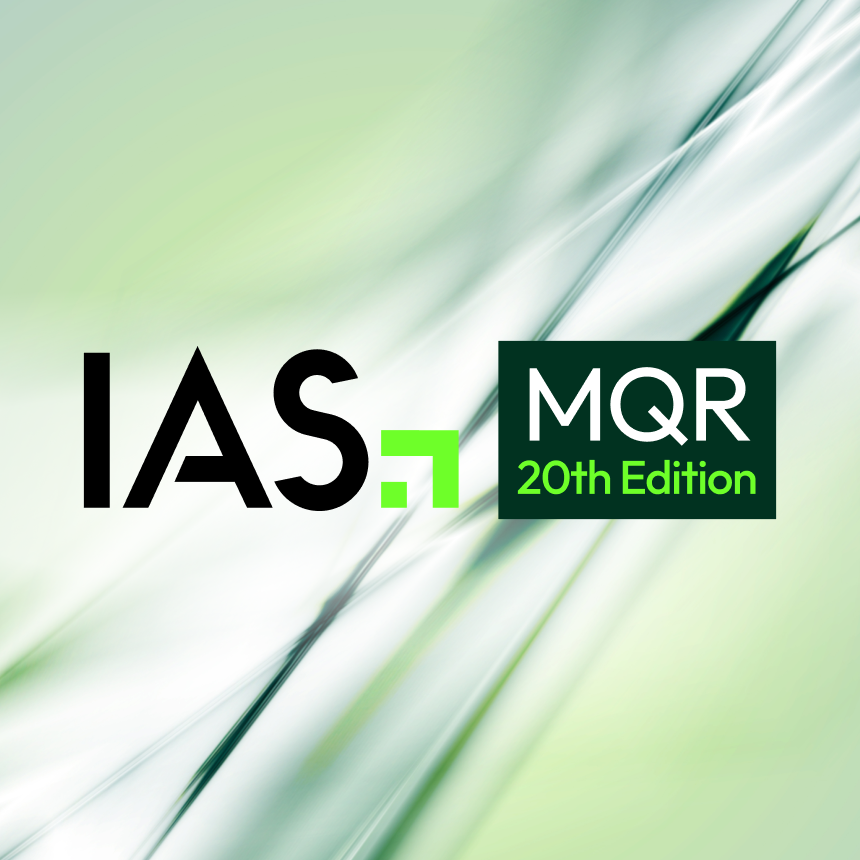Standardizing with the Open Measurement SDK
With a 69% increase in mobile in-app use year-over-year, it’s no surprise that mobile in-app is one of the fastest growing areas for digital advertising. As an advertiser, and not unlike any other device, measurability of ad performance and viewability is key.
Unfortunately, to date, in-app ad measurement has been a challenge. The gap between advertisers’ mobile viewability requirements and measurement vendors’ capabilities is a commonly cited roadblock to increased investment in mobile ad spend. While it’s no secret that advertisers want 100% of their inventory measured, the downside is that some platforms report figures as low as 5% to 10%.
In order to enable app developers to get off-the-shelf solutions for their apps and address common challenges many different types of software development kits (SDKs) exist in the market today. As a result, supporting multiple SDKs introduces operational inefficiencies for publishers and a negative impact to user experience.
Unifying solutions for efficiencies and scale
To help bridge the gap between advertisers’ viewability requirements and measurement vendors capabilities, Integral Ad Science (IAS) developed an SDK, with open sourcing in mind, to provide independent and trusted verification, at scale, along with deeper measurement insights, greater accuracy, and increased privacy protections. Now under the governance of the IAB Tech Lab, our SDK was open sourced, providing the foundation for the Open Measurement SDK (OM SDK).
“Open source standards for mobile viewability foster an easier integration process between publishers and measurement partners, while enabling buyers access to high quality, viewable mobile inventory.” David Danziger, VP of Data Partnerships at The Trade Desk.
It takes a village to set the new industry standard
In AdExchanger’s article, the IAB Tech Lab Open Measurement Working Group (OMWG) announced the limited release of the OM SDK, stating that “Publishers are on the cusp of only needing one SDK to measure in-app viewability,” foreseeing that the OM SDK will become, in time, the new industry standard. The OM SDK will change the face of in-app viewability in many ways. Over time, any legacy-based solutions that are solving for viewability will become redundant. The OM SDK will allow publishers to remove duplicative integrations. Members of the OMWG have pledged to remove their proprietary SDKs to enable industry wide adoption of the OM SDK once it is ready for general use.
Not only that, but the OM SDK can meet the different measurement requirements of the various mobile standards: MRAID, VPAID, VAST and web video. In doing so, the OM SDK will create consistency across environments for both display and video ads.
“Viewability is only a start that will make way for additional measurement capabilities within the OM SDK,” said Eric Picard, VP of Ad Product Management, and Brad Beal, Sr. Product Manager, Listener Ad Experience, Pandora in a blog post for the IAB Tech Lab. “But we, at Pandora, feel strongly that this is the way forward for the whole industry, and we’ve devoted significant product and engineering resources, including dedicated engineers, to work on this project as a driver in demanding and integrating this single OM SDK.”
Paving the way for advertisers to have consistency and scale
The OM SDK helps advertisers looking for a uniform approach to measurement regardless of the device or environment – whether that’s desktop or mobile, web or in-app. And those who are using more than one vendor expect a consistent approach to how the viewability measurement signal is derived. This is great news for brands and agencies looking for a consistent measurement across their entire digital buy.
To learn about our mobile in-app solution for viewability measurement, download our one-sheet here or contact us.
 Share on LinkedIn
Share on LinkedIn Share on X
Share on X


